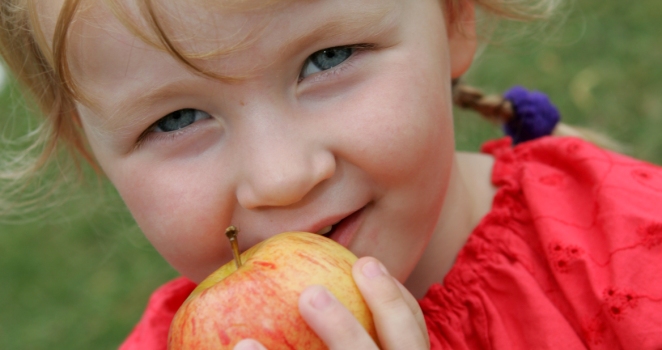
 Visit the CHILDREN with CANCER UK website Visit the CHILDREN with CANCER UK website |
 formerly CHILDREN with LEUKAEMIA |

|

Childhood Cancer 2012 - Early exposures and childhood cancer Childhood Cancer 2012 - our third international scientific conference - took place in London from 24th to 26th April 2012. More than 170 participants joined us from all over the world to review and discuss up to the minute research into the causes of childhood cancer. Our 22 invited speakers - on wide-ranging topics related to childhood cancer causation - were joined on the platform by the authors of 24 out of more than 100 posters on display. We are pleased to be able to provide access to the video-recordings of many of the platform presentations; we hope to add further presentations over the coming weeks. In addition, copies of the poster abstracts are available to download from the Submitted abstracts page. Read more: View available presentations | View submitted abstracts Please also check the 2017 Conference website which is now live.
|
|
© 2021 CHILDREN with CANCER UK (formerly CHILDREN with LEUKAEMIA) |
51 Great Ormond Street London WC1N 3JQ Tel: 020 7404 0808 Fax: 020 7404 3666 Registered Charity Number: 298405 Inaugurated by Diana, Princess of Wales |